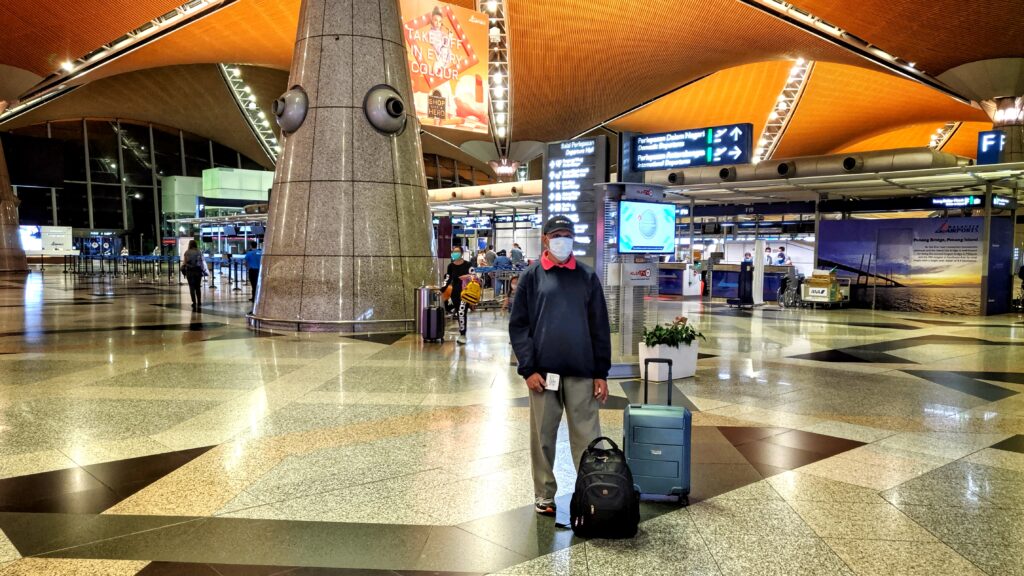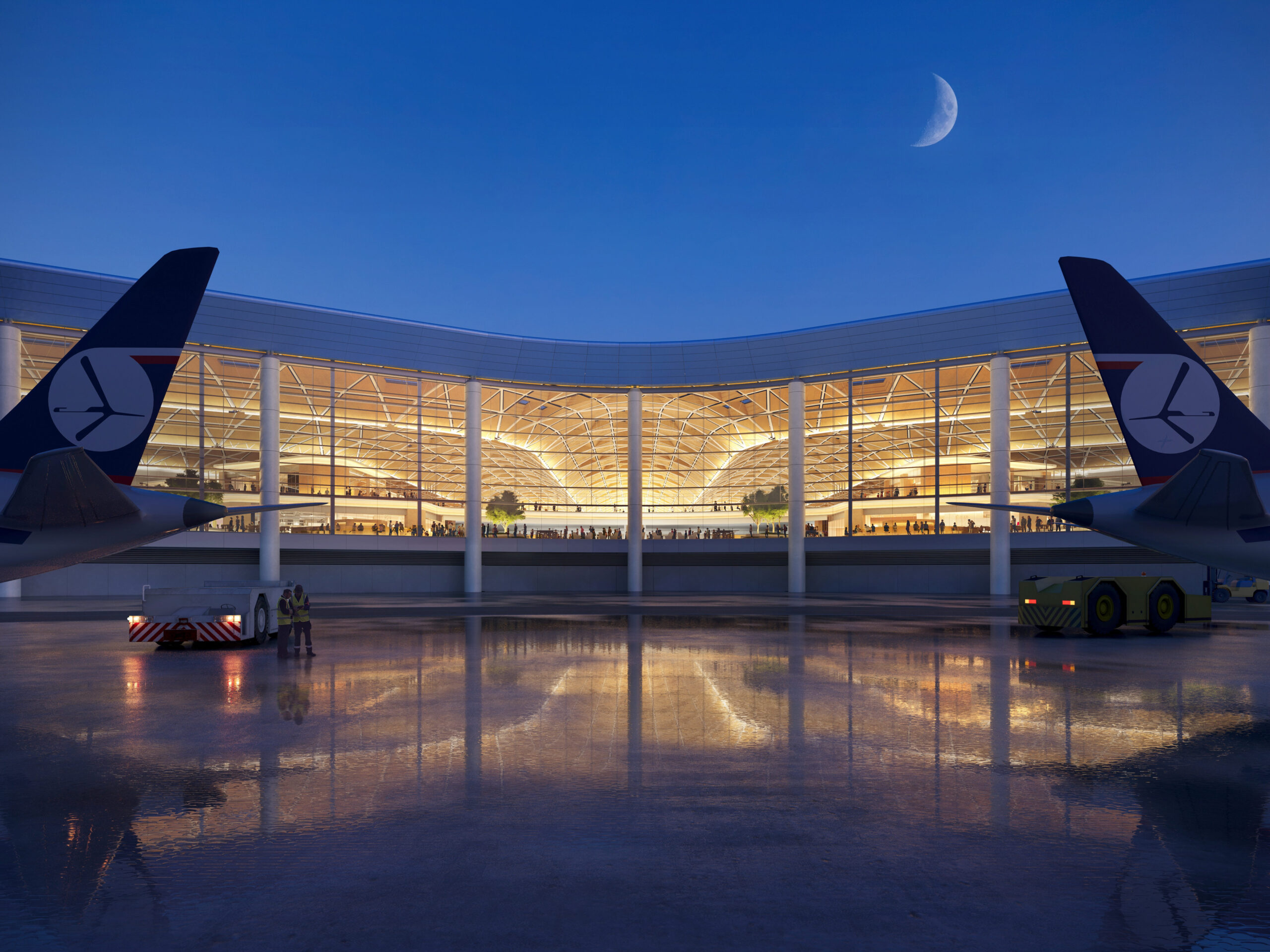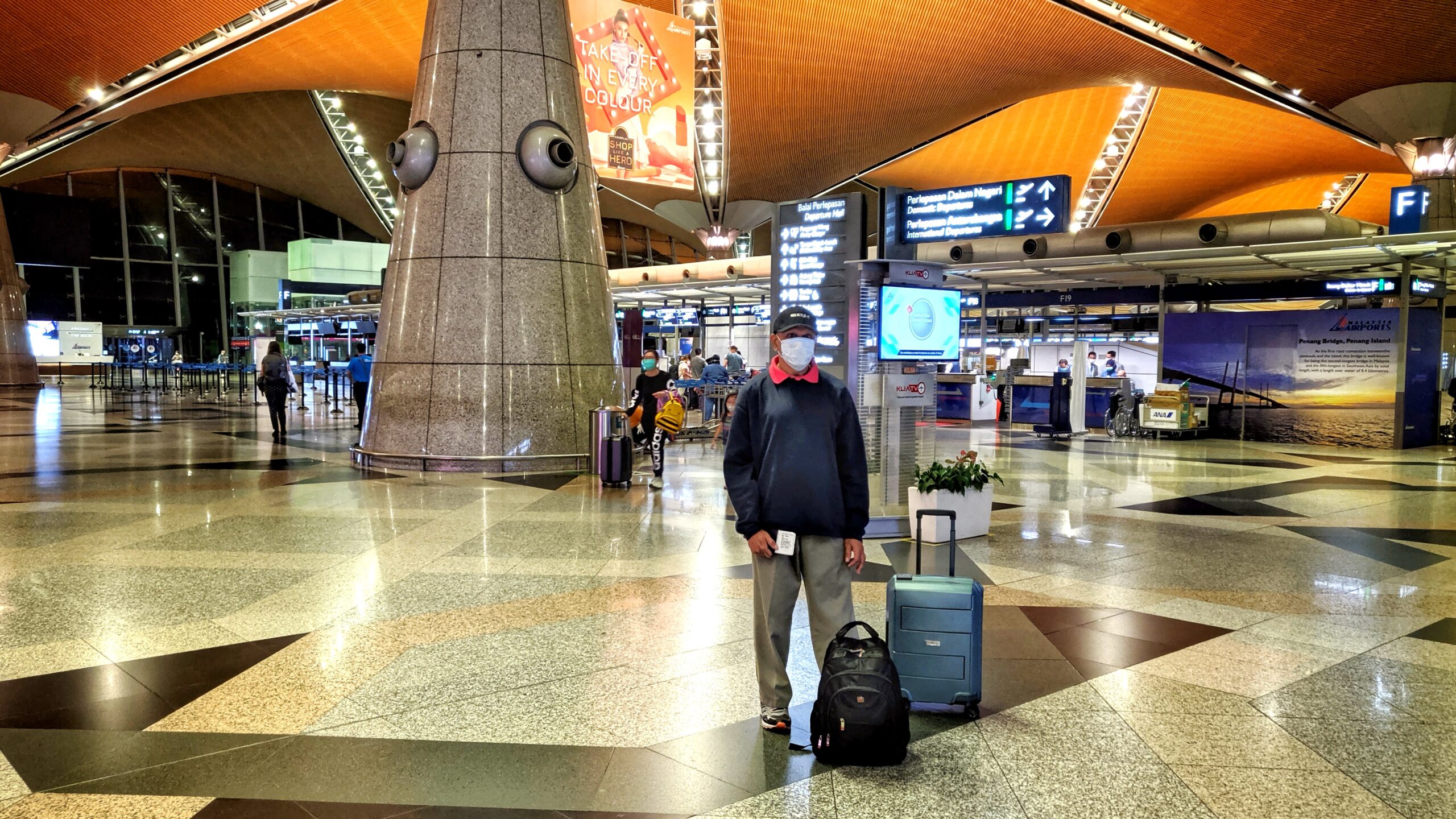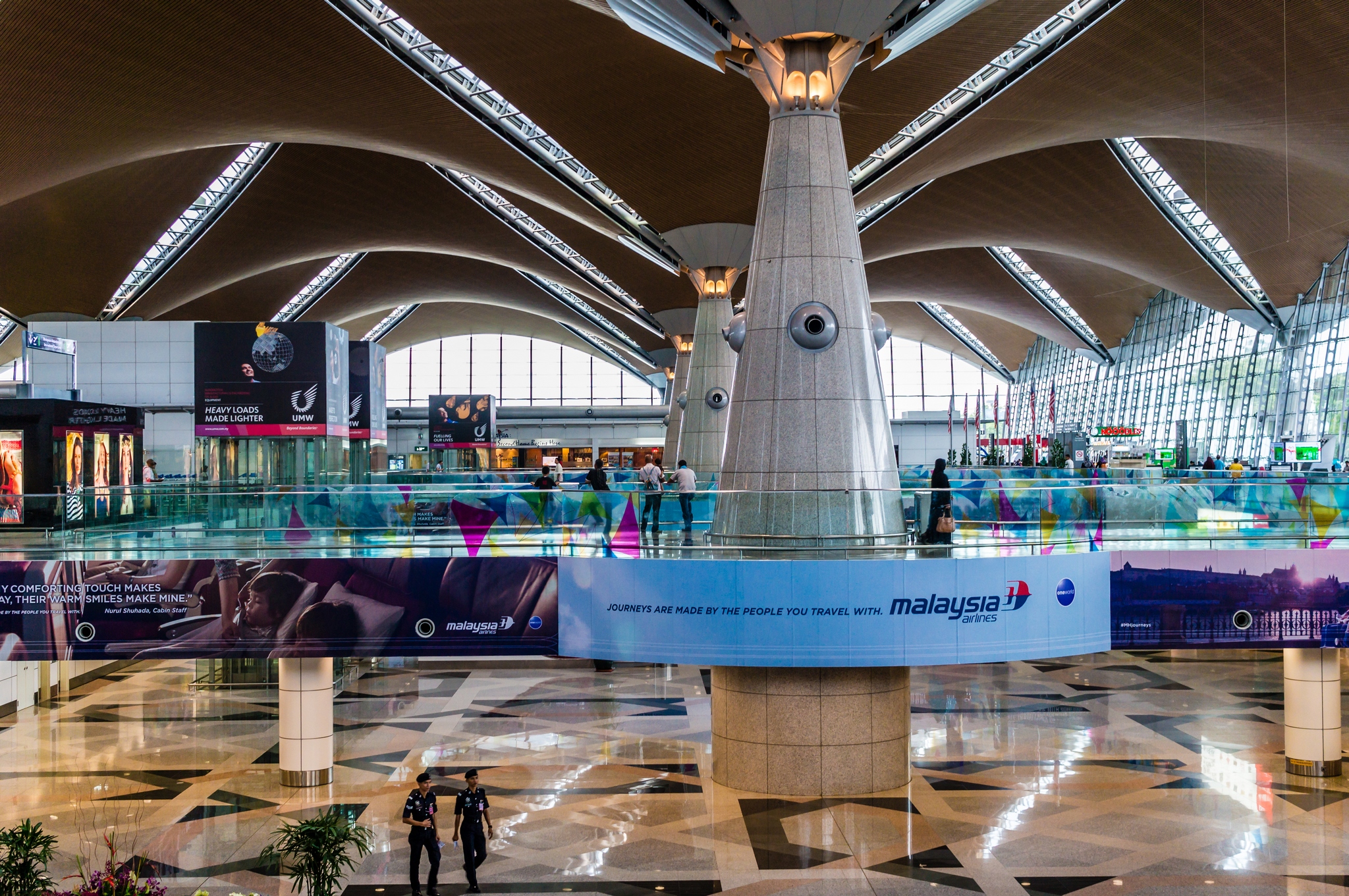Queue Wait Time at KLIA Will Reduce To Under 10 Minutes With the Help of 3D Sensors
A new 3D sensor technology is utilised for the Automated Queue Management System (AQMS) at KL international Airport (IATA Code: KUL) to manage and reduce queue wait times to under 10 minutes. The AQMS leverages on Internet of Things (IoT) technology to accurately count the number of people in a certain area and proactively monitor congestion and overcrowding, and alert ground staff on necessary intervention to reinforce and comply to service level standards and Standard Operating Procedures (SOP). As such, the AQMS also acts as the airport’s latest preventive measure in combating the COVID-19 pandemic by enabling safe distancing and complying to the new norms.

As part of the Airports 4.0 transformation, the data on the wait times from the AQMS will be integrated into our Flight Information Display Screens (FIDS) and “MYAirports” mobile app at a later stage, to allow passengers to plan their journey at the airport better. The first phase of the AQMS has been completed for all security screening check points including the boarding gates. The system will be implemented at all critical touchpoints and the subsequent phase that is currently in progress for check-in, immigration and customs is targeted to complete by June this year.
Group CEO of Malaysia Airports, Dato’ Mohd Shukrie Mohd, said:With the digital technology in place, we will transform the airport processes into more efficient services that will better serve our passengers in terms of safety and convenience. The AQMS will take away the stress of long wait times and ensure effective physical distancing at all major touchpoints. For the airport, the AQMS fits both our aspiration in fighting the pandemic and our on-going Airports 4.0 transformation.
The AQMS uses 3D sensors that monitor real-time conditions from simple change in temperature and lighting conditions, to complex algorithm that automatically detects long queues and wait times. This real time information is then channelled to the backbone of airport operations at the Airport Operation Control Centre (AOCC) whereby resources can be deployed immediately to help ensure fast service and smooth passenger flow. Crowd control can be effectively carried out in accordance with the SOPs to further assure passengers of their safety even when in queue.
Dato’ Mohd Shukrie, added:Ultimately, we remain focused on our Airports 4.0 journey in future-proofing our services and heightening the passenger experience. We hope to create strategic value to all the relevant partners and government agencies by leveraging the data captured from the AQMS to be more efficient and effective in resource planning and allocation. This distribution of analytics is a concerted effort for the airport community to work together in enhancing the passenger journey.
This article was originally published by MALAYSIA AIRPORTS HOLDINGS BERHAD.







